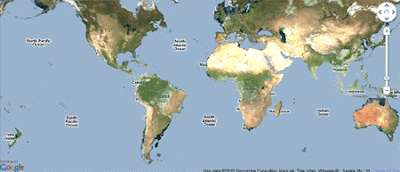- 3 replies
- 1,769 views
- Add Reply
- 3 replies
- 1,724 views
- Add Reply
- 4 replies
- 6,778 views
- Add Reply
- 1 reply
- 1,496 views
- Add Reply
- 0 replies
- 2,183 views
- Add Reply
Problem with finishing ArcIMS 9.3 configuaration(Help)
By mostafa,


Hi all,
i am having trouble with finishing arcims configuration (ArcIMS post installation setup)
i want to know how can i get this password to finish post installation setup
thank you
3D cake
By maunaloa,


hy all!
I have a problem, again :laugh:
First, i working on an archeology site. There was a 5x10 meters "hole", and there are many medieval ground levels. Each levels are measured (there is a point shapefile, from i made raster surfaces). This surfaces are on the pictures below:
My problem: this surfaces are the upper and lower "side" of a soil level. You can imagine a big, brick shaped cake, with layers :laugh: How can i make a full layer, what i can fill with a color or texture? I
ArcGIS Server 10 Error at publishing maps
By brownies,
Hi, I'm sorry if I put this thread in the wrong section.
I have succeed installing arcgis server 10, and now I want to publish my mxd file. however, it generates error mesage,
"Configuration Indonesia/Indonesia.MapServer can not be started.
Server Object instance creation failed on machine xxx.
The Server Object construction attempt has failed because the Startup Timeout Interval has elapsed."
Is there anyone can help me with this? I have given all permission to all corresponding folde
Simulate Forest Fires with Google Maps

By EmperoR,


The French national research agency CNRS have used Google Maps to create an impressive forest fire simulator.
Using the simulator it is possible to select a location on the map as the centre of the fire simulation. Before running the simulator you can also adjust the wind speed and direction. The simulation itself takes lots of data into account, including fuel, roads and elevation.
Currently the data is only available for Corsica so the simulator will only work properly on this Mediterranea
Google Earth Engine Launched

By EmperoR,


Google Earth Engine uses Google Maps and Google Earth to present satellite imagery and current and historical data to enable global-scale monitoring and measurement of changes in the earth’s environment.
Using Earth Engine you can browse though the data catalog and select to view satellite imagery from MODIS and Landsat 5. If you then select 'workspace' you can view the satellite imagery overlaid on Google Maps.
Each satellite imagery data set comes with a timeline slide control, so you can
-
Forum Statistics
8.8k
Total Topics43.5k
Total Posts




